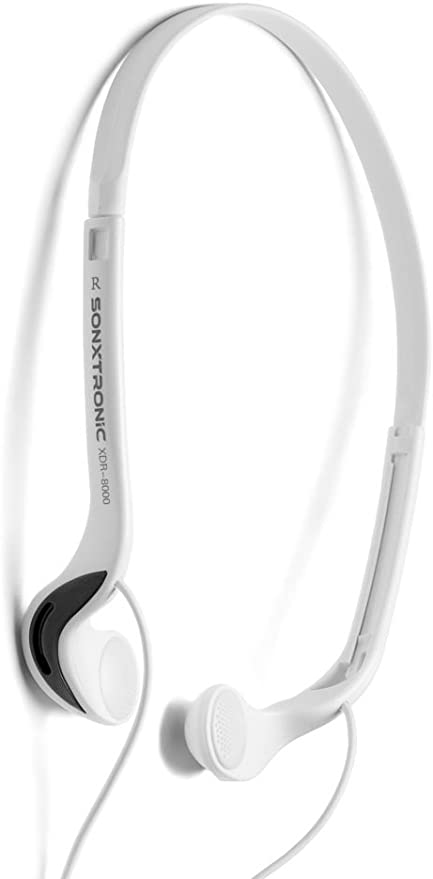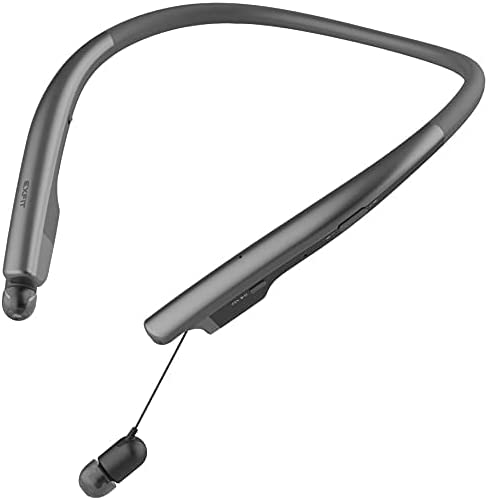An Alchemy of Air and Aluminum: The Living Legacy Inside the Beosound 2
Update on July 14, 2025, 1:53 p.m.
To run a hand over the cool, uninterrupted surface of the Bang & Olufsen Beosound 2 is to experience something other than a mere electronic device. There are no seams, no screws, no discordant lines—only a single, monolithic cone of anodized aluminum tapering to a gentle peak. It feels less like a product assembled on a line and more like an object grown, or perhaps sculpted. It begs the question: what is it that separates a transient appliance from a lasting artifact? The answer, in the case of this speaker, is not just in what it does, but in what it is. The Beosound 2 is a vessel of history, a physical manifestation of a nearly century-long dialogue between Danish design philosophy, the soul of a material, and the physics of sound itself.

A Danish Love Affair with Aluminum
To understand the Beosound 2, one must first travel back to the mid-20th century, to the heart of the Danish Modern movement. It was an era defined by a profound respect for materials, a belief in honest construction, and the now-famous principle that form must faithfully follow function. While others in the world of consumer electronics were content with plastic and wood veneer, Bang & Olufsen embarked on a different path. In the 1960s, visionary designer Jacob Jensen began a revolution within the company, taking aluminum—a material then associated with industry and aviation—and placing it at the very core of their aesthetic.
Products like the iconic Beogram 4000 turntable didn’t just use aluminum; they celebrated it. Its coolness, its precision, its subtle sheen became the brand’s signature. This was not a decorative choice. It was a philosophical one. The material was honest, durable, and infinitely recyclable. For B\&O, aluminum became a canvas. The decision to craft the Beosound 2 from a single, seamless piece of high-grade aluminum is therefore not a recent trend; it is the contemporary echo of a deep, foundational love affair. It is a continuation of a legacy that views the material itself as an integral part of the user experience.
The Quest to Defeat the ‘Sweet Spot’
For as long as stereo sound has existed, listeners have been bound by a gentle but firm constraint: the tyranny of the sweet spot. This invisible triangle, the precise point of equilibrium between two speakers, is where the magic of a stereo image truly coheres. It is a space of sublime immersion, but it is also a solitary one. Move outside it, and the carefully constructed soundstage begins to fray. For decades, Bang & Olufsen has viewed this limitation not as a law of physics to be obeyed, but as a challenge to be elegantly overcome. Their ambition has long been to liberate sound from its directional prison, to transform high-fidelity music from a personal appointment into a shared, atmospheric experience that fills a living space with the same effortless grace as light.

A Trickle-Down Revolution
The key to this liberation lies at the very apex of the Beosound 2, in the gently fluted cap that crowns the device. This is the Acoustic Lens, a piece of technology born from the ambitious heights of the company’s most audacious projects. Developed by the late, great designer David Lewis for the flagship BeoLab 5 speakers, the Acoustic Lens Technology (ALT) was a radical solution to a fundamental problem.
High-frequency sounds, which carry the critical details of clarity and texture, are extremely directional. ALT works on a principle first described by 17th-century scientist Christiaan Huygens: every point on a wavefront is itself the source of new, spherical wavelets. The Acoustic Lens is engineered with microscopic precision to take the soundwaves from the downward-firing tweeter and guide their diffraction. It functions like a sophisticated lighthouse lens, dispersing those delicate high frequencies in a perfectly uniform 180-degree horizontal plane. Crucially, it also limits the vertical dispersion that would otherwise cause unwanted reflections from the floor and ceiling.
What sits atop the Beosound 2 is the beautiful democratization of this summit-fi innovation. It ensures that the crisp detail of a cymbal, the breath of a vocalist, or the shimmer of a string section is not beamed at a single listener, but radiated throughout the room. It’s the technology that allows the speaker to create a vast, stable soundstage that remains intact no matter where you are in the room.
The Silent Sculptor
The creation of the Beosound 2’s body is a feat of industrial alchemy. A solid cylinder of aluminum, a billet, is forced through a die under immense pressure in a process called extrusion. It is then lathed by computer-controlled machines, spinning as diamond-tipped cutters shave away material with microscopic precision to achieve its perfect, conical form. The result is a monolithic structure, a body without a single joint or weak point.
This seamlessness is paramount for acoustic purity. The enclosure of a speaker should be a silent stage upon which the music performs. Any vibration or resonance from the cabinet itself will color the sound, adding a distortion that was never part of the original recording. The immense rigidity of the Beosound 2’s aluminum form makes it an almost perfectly inert acoustic foundation. It does not vibrate; it does not sing along. It simply allows the drivers within to do their work with absolute fidelity.
Furthermore, this aluminum body is the speaker’s lung. The powerful Class-D amplifiers within are incredibly efficient but still generate heat. The entire surface area of the cone acts as a giant, passive heat sink, drawing warmth away from the sensitive electronics and dissipating it silently into the air. This ensures thermal stability, meaning the speaker can perform at its peak without strain, delivering powerful, dynamic sound that feels effortless.
A Living Sculpture
Ultimately, the Bang & Olufsen Beosound 2 is a convergence of these interwoven narratives. The Bauhaus-inspired philosophy of its Danish Modern heritage is alive in its honest use of aluminum. The legacy of Jacob Jensen’s material revolution is felt in its cool, tactile surface. The genius of David Lewis’s acoustic pioneering is distilled into the lens at its peak. It is a product that could only have been born from a culture of relentless refinement and a deep, abiding respect for both science and art.
To call it a wireless speaker is to tell only a fraction of the story. It is a sound sculpture. It is an artifact of a specific and enduring design culture. Touching it connects you to a history of craftsmanship; switching it on releases sound that has been masterfully liberated by the elegant application of physics. It doesn’t just ask to be listened to; it invites you to contemplate the quiet, profound beauty that emerges when technology and humanity find their perfect, harmonious form.






































